Helsinki’s Pikku-Finlandia temporary event space is a student project come to life
Pikku-Finlandia, a sustainable, temporary wood event space, has opened to the public in Helsinki – and it’s born of the ambitious thesis of two students, Jaakko Torvinen and Elli Wendelin, featured in Wallpaper’s 2022 Graduate Directory
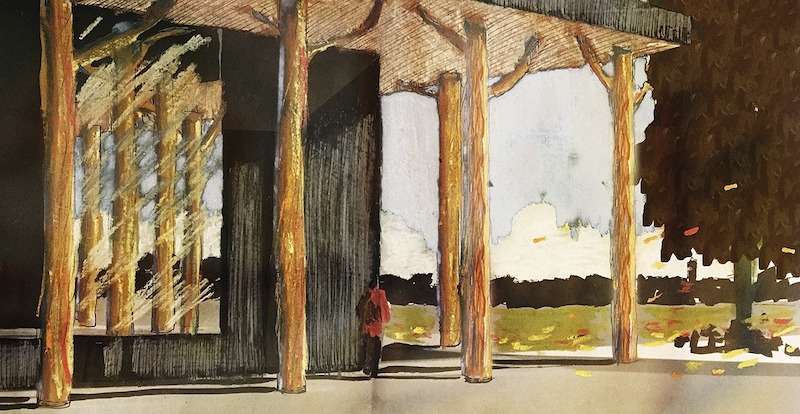
Kimmo Raisanen - Photography
Located at Töölönlahti Bay, Pikku-Finlandia (‘Little Finlandia’) sits at the heart of Helsinki’s Töölönlahti park. Developed along the southern shoreline, the park is a cultural oasis, home to the Finnish capital's winter garden and main opera house. Here, the new building is set to act as a temporary replacement for the famous Finlandia Hall by Finnish modernist architecture master Alvar Aalto, which is undergoing renovation. Demountable and built of wood, including whole tree trunks fully on show, it is an impressive piece of sustainable architecture; yet perhaps the most amazing thing about it is that Pikku-Finlandia was born as a bold student thesis.
In 2019, architecture students Jaakko Torvinen, Elli Wendelin and Havu Järvelä submitted a student competition entry at the Aalto University’s School of Arts, Design and Architecture for a transportable wooden building to serve as an event and restaurant space that would temporarily replace Finlandia Hall while it was being restored. Their project was announced the winner and is now realised as Pikku-Finlandia. The building follows a rectangular, modular grid made of unprocessed pine, its branches still visible. The long side of the building exposes a sequence of structural pine columns, creating a feeling of being on the ‘edge of a forest’. As Europe’s most richly forested country, Finland is covered by predominantly coniferous species, including Scots pine, that span some 75 per cent of its land (almost 20 million hectares).
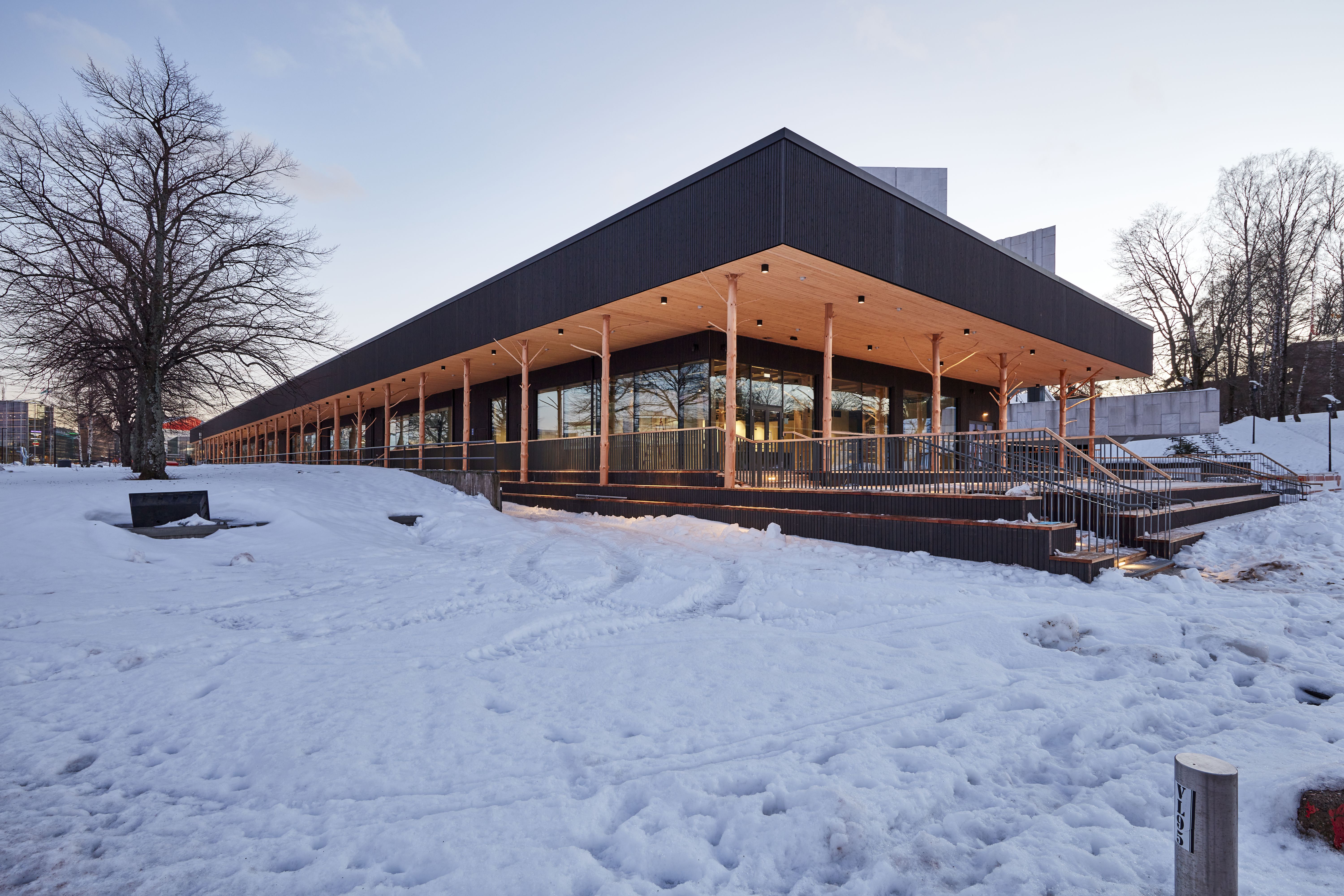
The 2,300 sq m multipurpose building has a capacity of 1000 people and consists of a single floor hosting a café, four halls and a cabinet. The design is flexible and modular, and the halls can be connected to form larger spaces for events and catering as needed. One of the four halls, Kelo Hall opens to a bright lobby, its long glass façade highlighting views from inside towards the landscape of Töölönlahti bay.
Wendelin and Torvinen collaborated on their thesis, and titled it ‘From Finlandia Forest to Pikku-Finlandia – design for a transportable wooden building’. Wendelin focused on the carbon footprint of the building, as a transportable structure, and the lifecycle of the pine wood. Torvinen researched efficient and accessible ways of disassembling the structure in future through principles of reverse building design. The team, alongside their professor Pekka Heikkinen, handpicked 95 pine trunks from the southern boreal forest in Loviisa, and used a pressure washer to peel the bark and preserve the organic shape and finish of the pine.
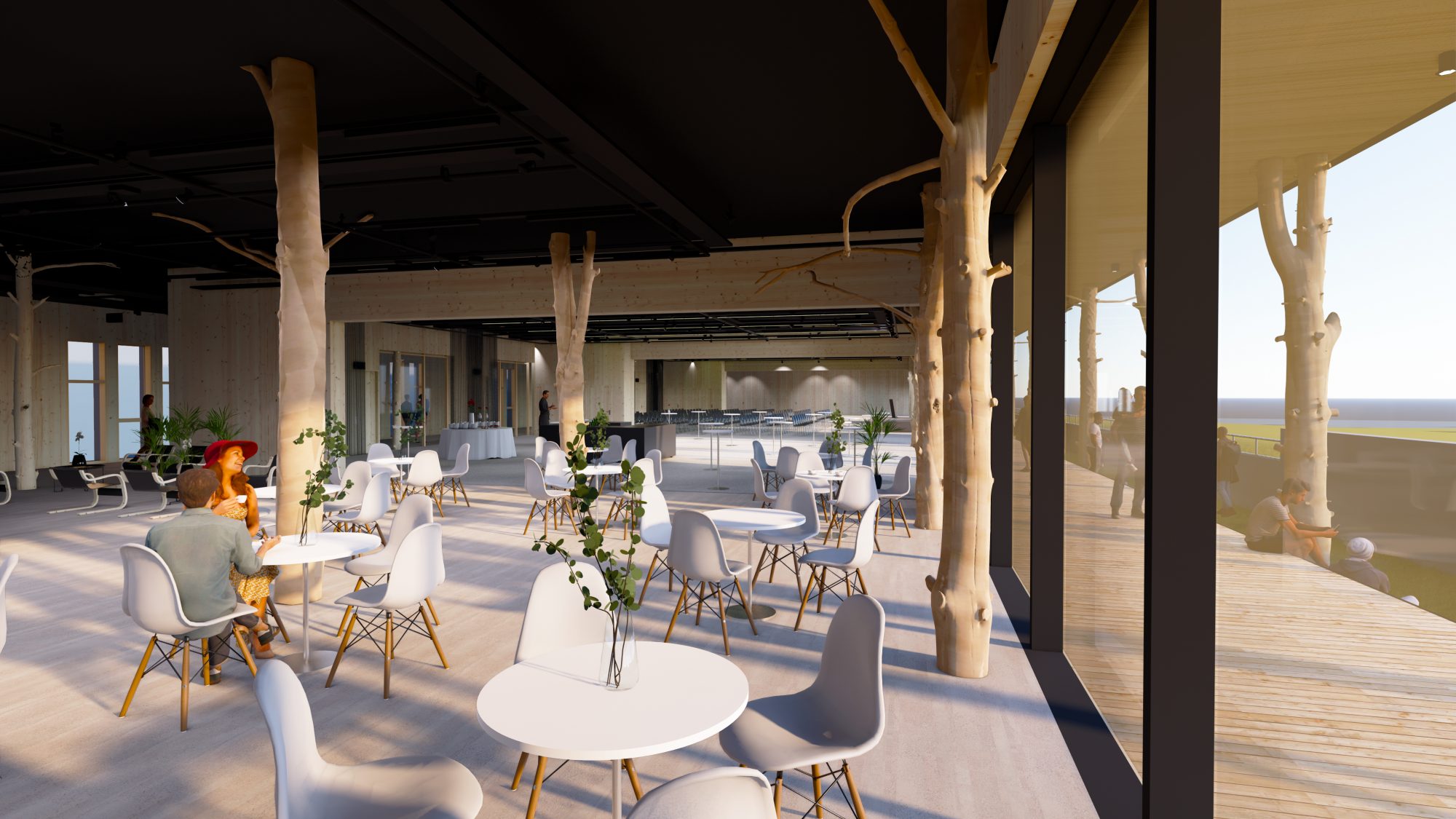
Initially created by Torvinen, the design concept was further developed alongside fellow students Wendelin, Havu Järvelä and Stine Pedersen. After the concept was chosen to be realised, members of the team continued working on the design in collaboration with Helsinki-based architecture firm Arkkitehdit NRT Oy, and Heikkinen.
Pikku-Finlandia can, and will, be transported to a new location once the renovations in Finlandia Hall are completed by 2025. The striking, yet relatively modest piece of eco-friendly architecture is designed to be dismantled, rebuilt, repurposed and eventually recycled. As a multipurpose space, it can be used as an educational venue, for example, visiting other parts of Helsinki or Finland in the next 30 years, which is its estimated life span.
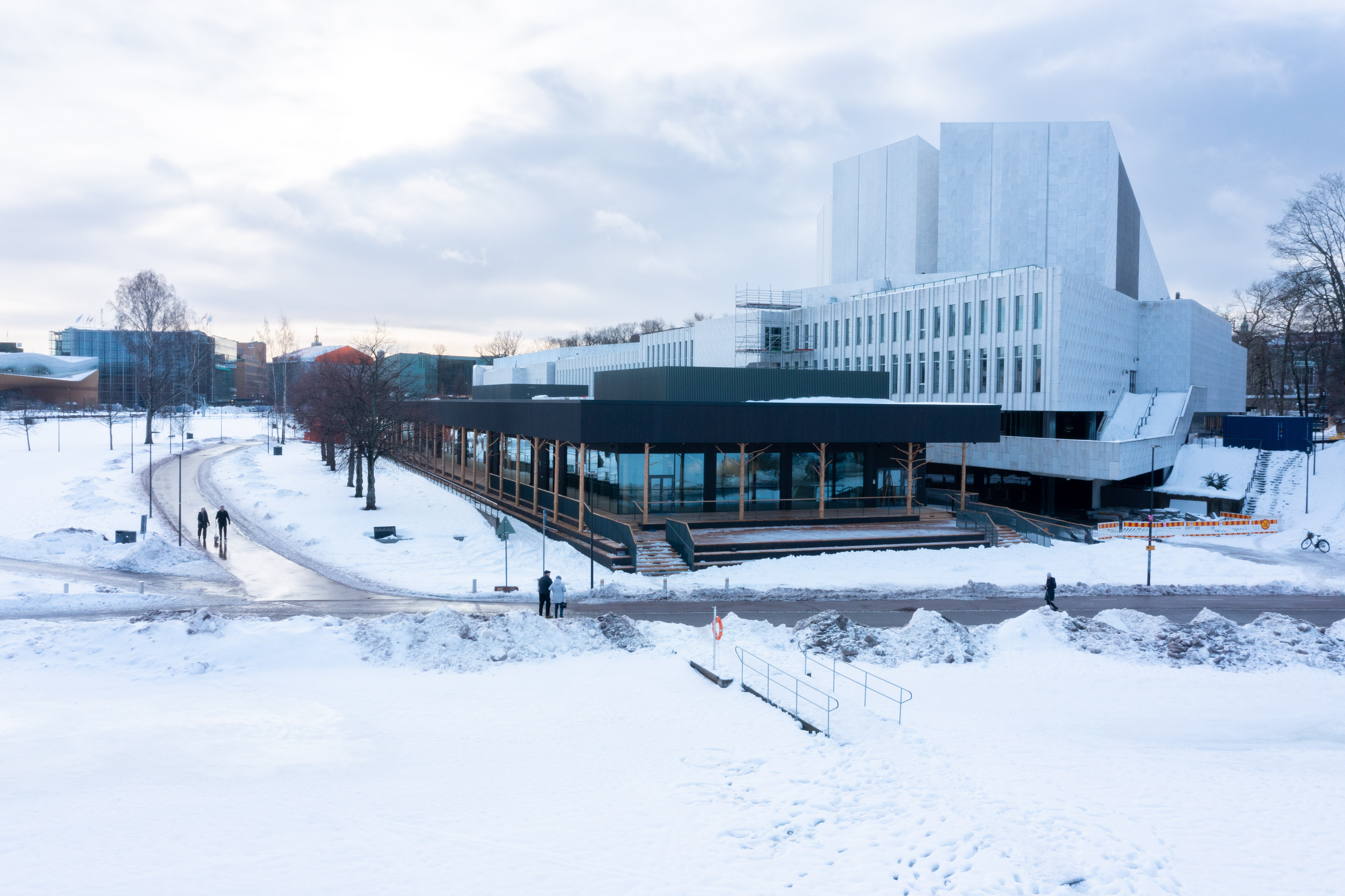




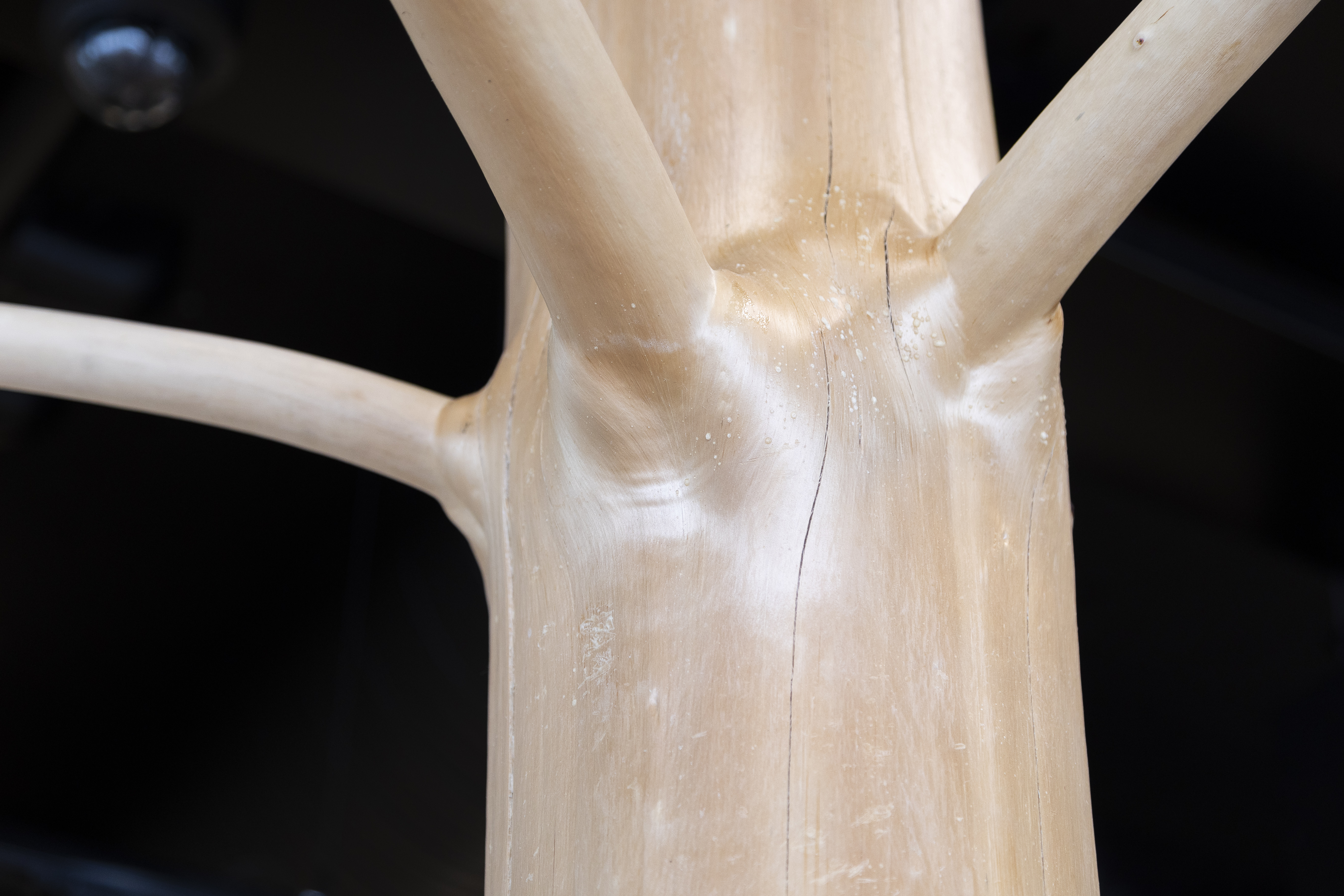

INFORMATION
Receive our daily digest of inspiration, escapism and design stories from around the world direct to your inbox.
-
 French bistro restaurant Maset channels the ease of the Mediterranean in London
French bistro restaurant Maset channels the ease of the Mediterranean in LondonThis Marylebone restaurant is shaped by the coastal flavours, materials and rhythms of southern France
-
 How ethical is Google Street View, asks Jon Rafman in Copenhagen
How ethical is Google Street View, asks Jon Rafman in CopenhagenIn 'Report a Concern - the Nine Eyes Archives' at Louisiana Museum of Art, Copenhagen, Jon Rafman considers technology's existential implications
-
 Next-generation jeweller Rosalie Carlier is one to watch
Next-generation jeweller Rosalie Carlier is one to watchThe young jewellery designer creates sensuous but bold pieces intended to ‘evoke emotion in the wearer’
-
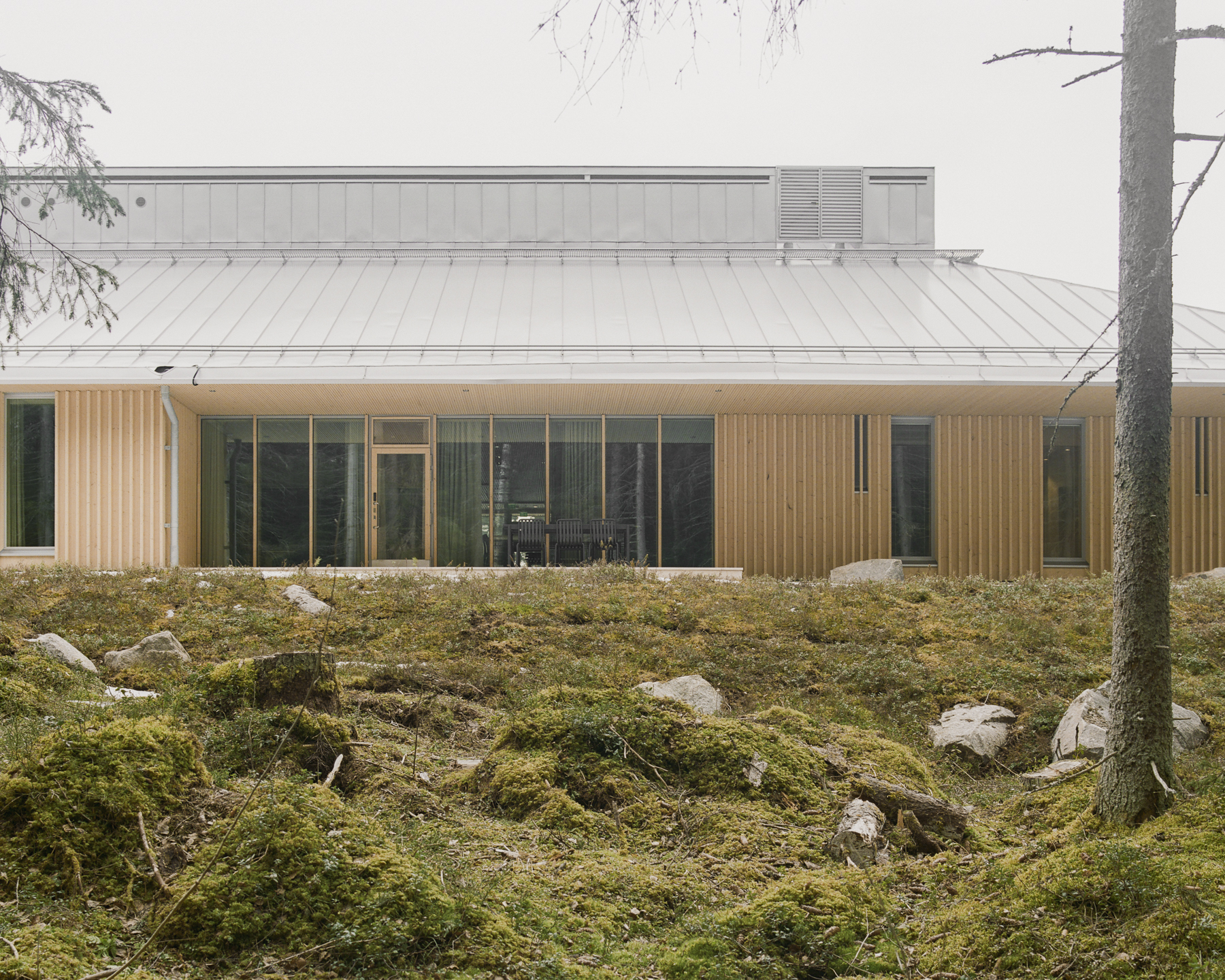 At Finland’s newest care institution, nature and architecture promote healing
At Finland’s newest care institution, nature and architecture promote healingLagmansgården, a new model for a residential care institution in Finland, designed by Anttinen Oiva Architects, blends timber architecture and a connection with the natural surroundings to support young people
-
 At the Holcim Foundation Forum and its Grand Prizes, sustainability is both urgent and hopeful
At the Holcim Foundation Forum and its Grand Prizes, sustainability is both urgent and hopefulThe Holcim Foundation Forum just took place in Venice, culminating in the announcement of the organisation's Grand Prizes, the projects especially honoured among 20 previously announced winning designs
-
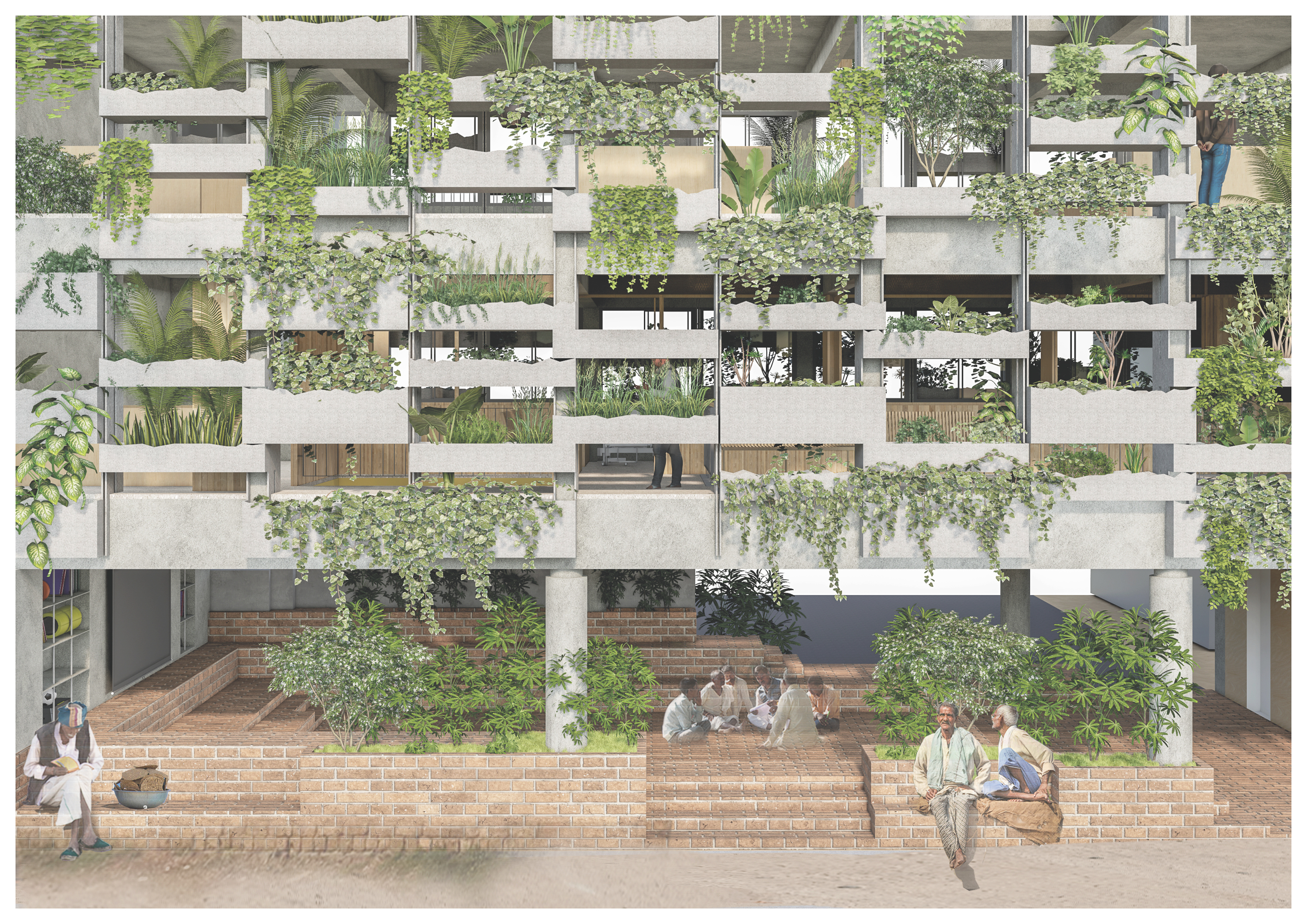 Holcim Foundation Awards celebrate sustainability with 20 winners; Sou Fujimoto explains all
Holcim Foundation Awards celebrate sustainability with 20 winners; Sou Fujimoto explains allThe 2025 Holcim Foundation Awards have just been announced, crowning 20 projects from across the globe as the most inspirational schemes in the field of sustainable architecture; we caught up with Asia Pacific jury chair Sou Fujimoto to find out more
-
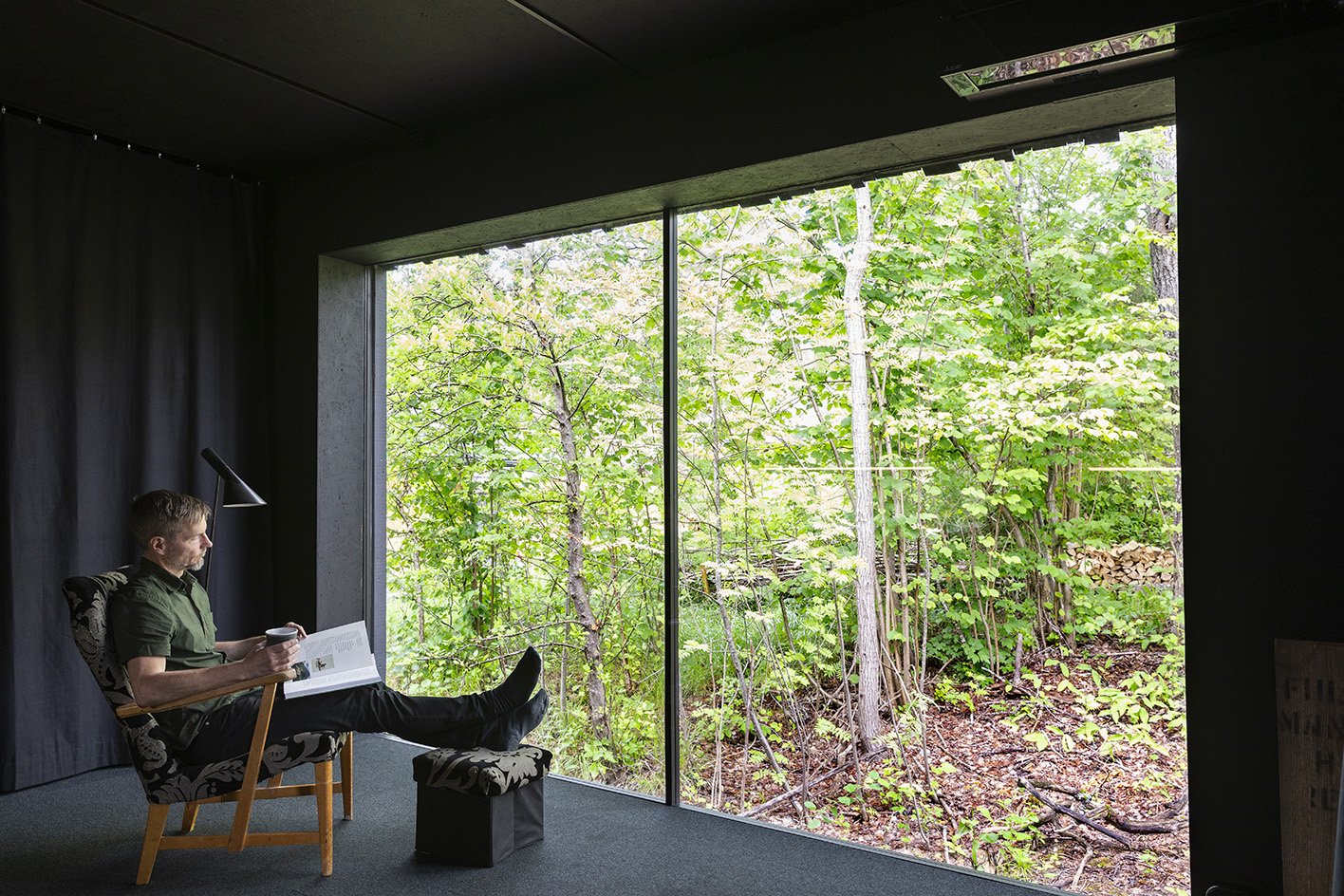 A carbon-emission-busting house, yeast-biomass building, and more ‘Designs for a Cooler Planet’
A carbon-emission-busting house, yeast-biomass building, and more ‘Designs for a Cooler Planet’‘Designs for a Cooler Planet’ returns to Aalto University in Finland as part of the annual Helsinki design and architecture week, highlighting buildings, materials and solutions towards a better future
-
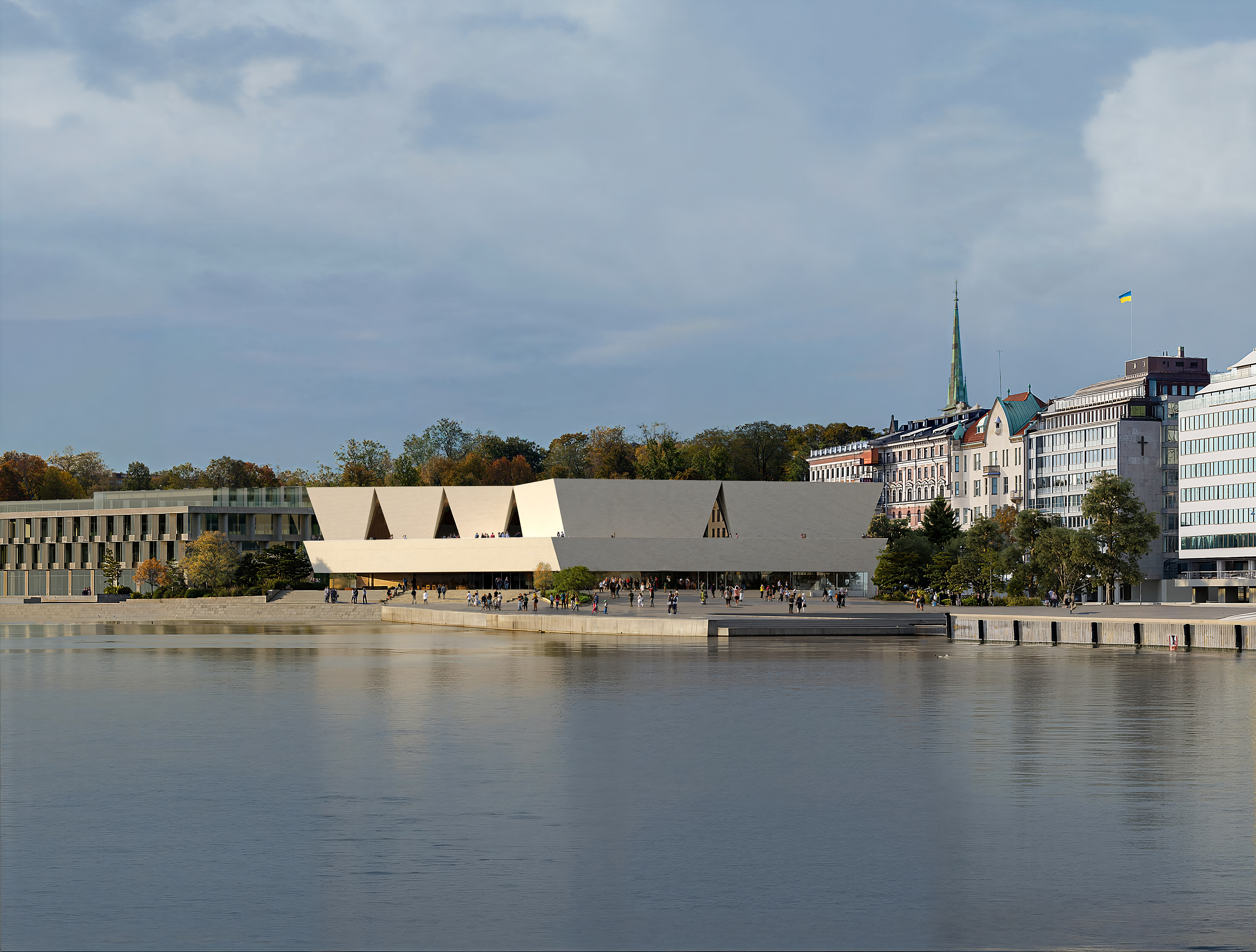 Meet the newly appointed architects of Finland’s Museum of Architecture and Design
Meet the newly appointed architects of Finland’s Museum of Architecture and DesignJKMM has been announced the winner of the competition to design the prestigious new Museum of Architecture and Design of Finland in Helsinki
-
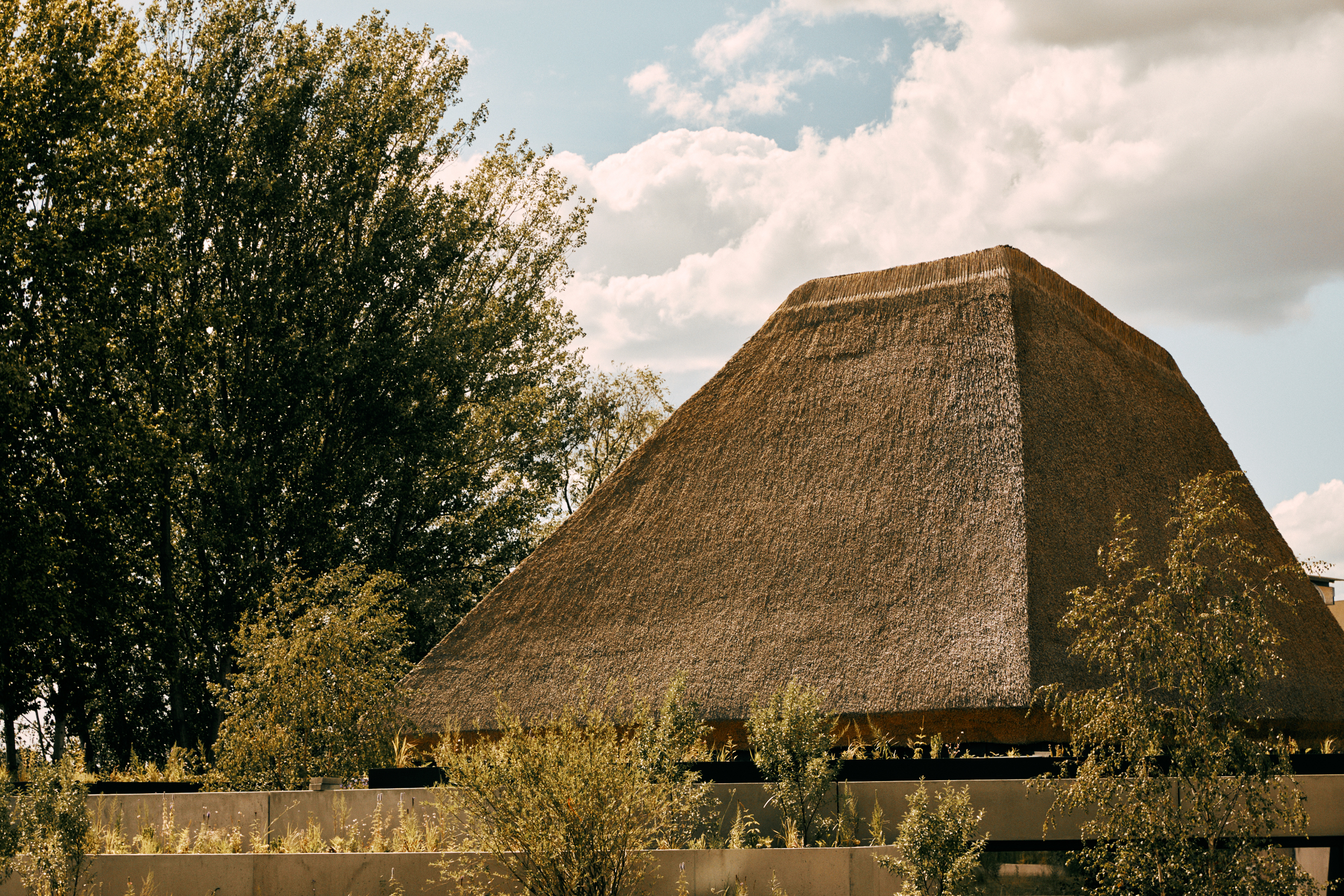 What are biomaterials? Everything you need to know about Mother Nature's building blocks
What are biomaterials? Everything you need to know about Mother Nature's building blocksCould the cities of the future be grown from plants, bacteria and fungi? Architects explain
-
 What is eco-brutalism? Inside the green monoliths of the movement
What is eco-brutalism? Inside the green monoliths of the movementThe juxtaposition of stark concrete and tumbling greenery is eminently Instagrammable, but how does this architectural movement address the sustainability issues associated with brutalism?
-
 Wallpaper* Design Awards 2025: celebrating architectural projects that restore, rebalance and renew
Wallpaper* Design Awards 2025: celebrating architectural projects that restore, rebalance and renewAs we welcome 2025, the Wallpaper* Architecture Awards look back, and to the future, on how our attitudes change; and celebrate how nature, wellbeing and sustainability take centre stage